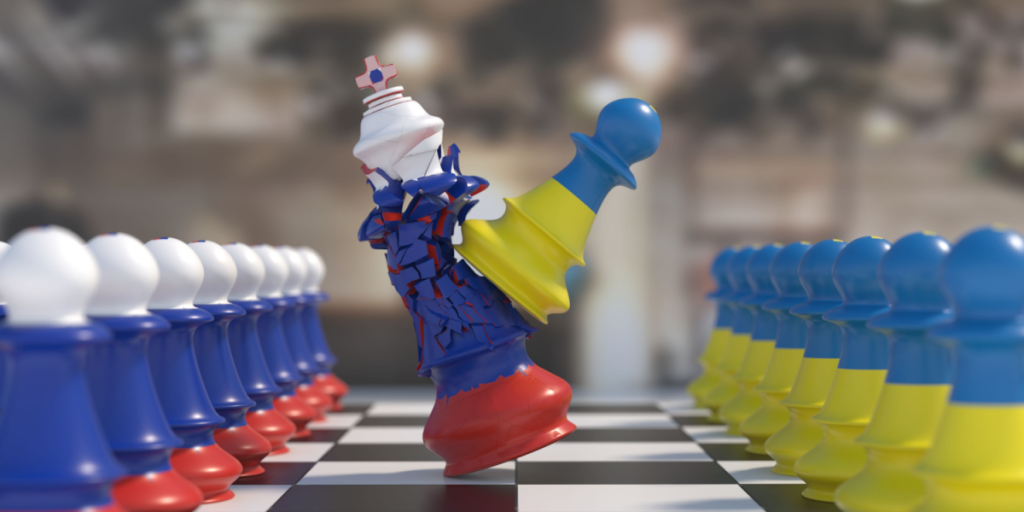He also admits that the Russian equipment is often destroyed, before it even reaches the battlefield.
Others are reading now
He also admits that the Russian equipment is often destroyed, before it even reaches the battlefield.
What is happening?

In a rare moment of candor, Russian senator Dmitry Rogozin admitted the war in Ukraine is taking a heavy toll on Moscow.
Representing the Russian-occupied Zaporozhye region, Rogozin described the offensive as progressing “with enormous difficulty and at a colossal cost,” casting doubt on the Kremlin’s public narrative of strength and momentum.
Acknowledges stalemate
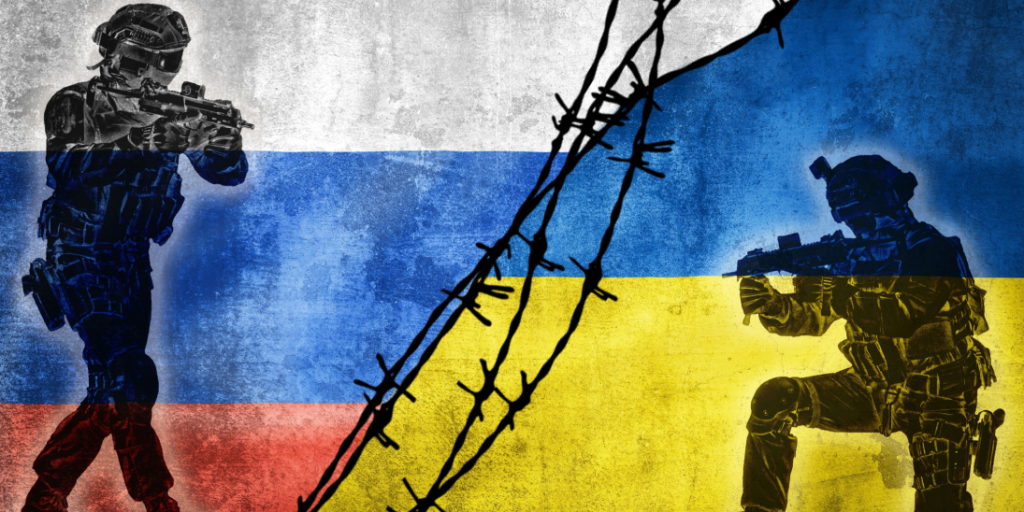
Rogozin, a member of the ruling United Russia party, said Russia’s military efforts have devolved into a positional war — with little territorial gain.
He noted that equipment is often destroyed before it even reaches the front lines, and small-scale assaults are yielding only minimal results.
Ukraine holds the upper hand in drone warfare
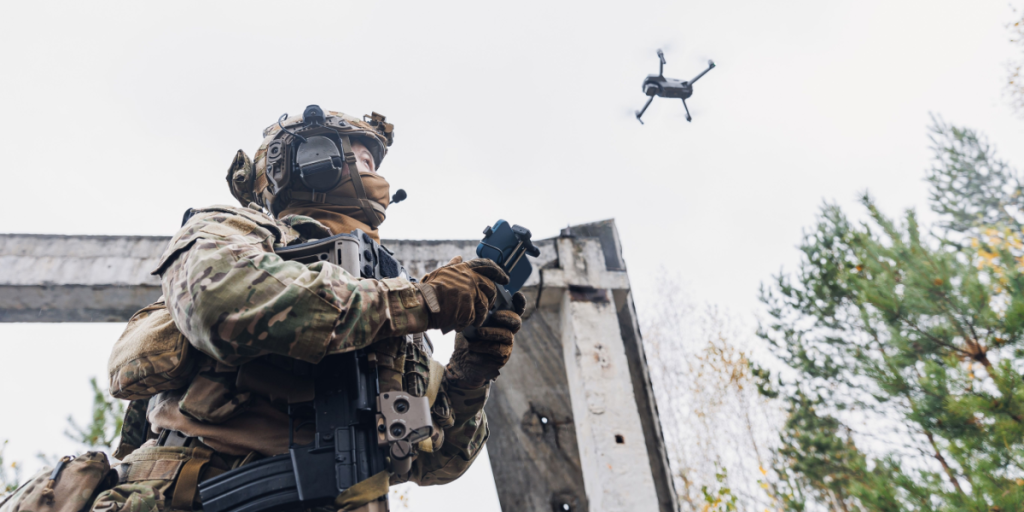
Also read
The senator emphasized that Russia is falling behind in one critical area: drones.
According to Rogozin, Ukraine now has “ten times more drones” than Russia, thanks to backing from a coalition of high-tech Western nations.
He said this gap is proving to be a serious liability for Russian forces.
Ukraine launches hundreds of drones daily
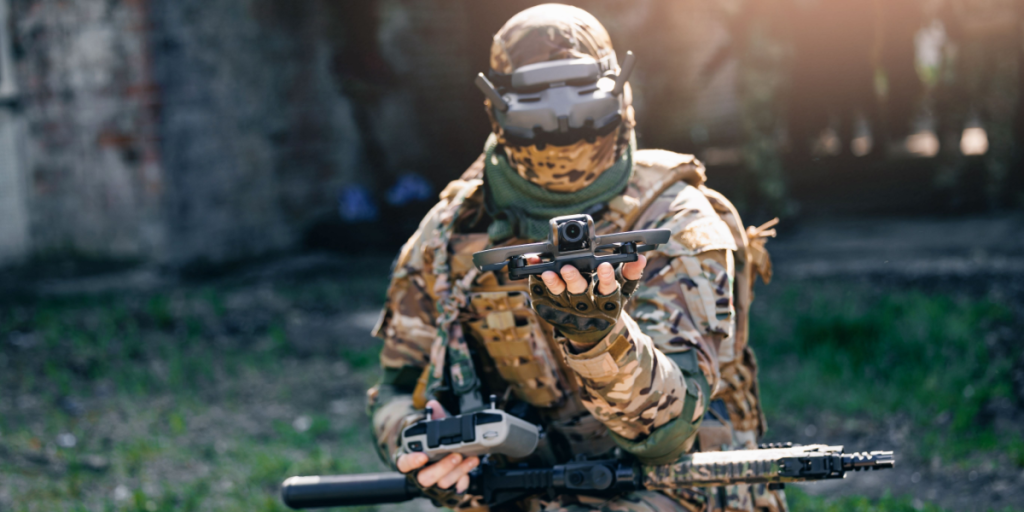
Ukraine’s drone capabilities continue to surge. Rogozin claimed that between 100 and 250 long-range drones are being launched daily by Ukrainian forces — a number that is “constantly growing.”
These UAVs are reportedly devastating Russian logistics and troop movements.
Russian troops exposed and overwhelmed

Also read
The technological disparity has concrete consequences. Rogozin admitted that Ukraine’s superiority in FPV (first-person view) drones gives them a critical edge.
The static nature of the front line, he said, only makes Russian positions more vulnerable to drone strikes and surveillance.
Stalemate threatens Ukraine’s future
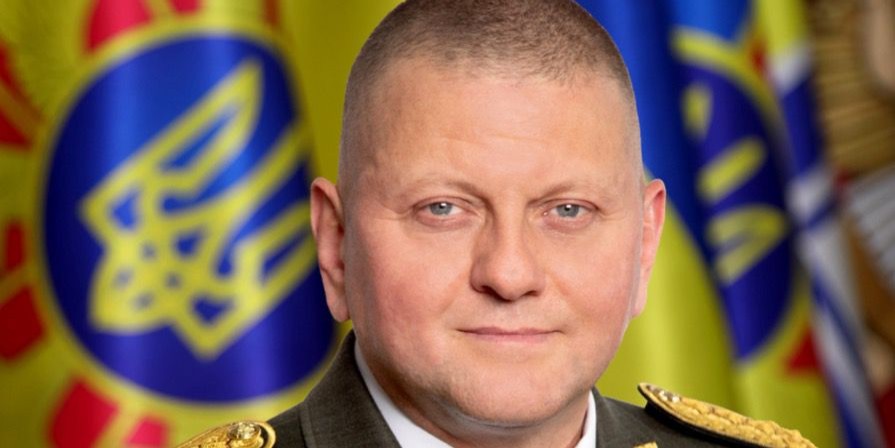
While Rogozin warned of the cost to Russia, Ukraine’s former commander-in-chief, Valery Zaluzhnyi, argued that the deadlock poses a greater long-term threat to Kyiv.
He wrote in an article that a protracted war of attrition would ultimately favor Russia, which has more resources and manpower.
War now mirrors World War I, says ex-general
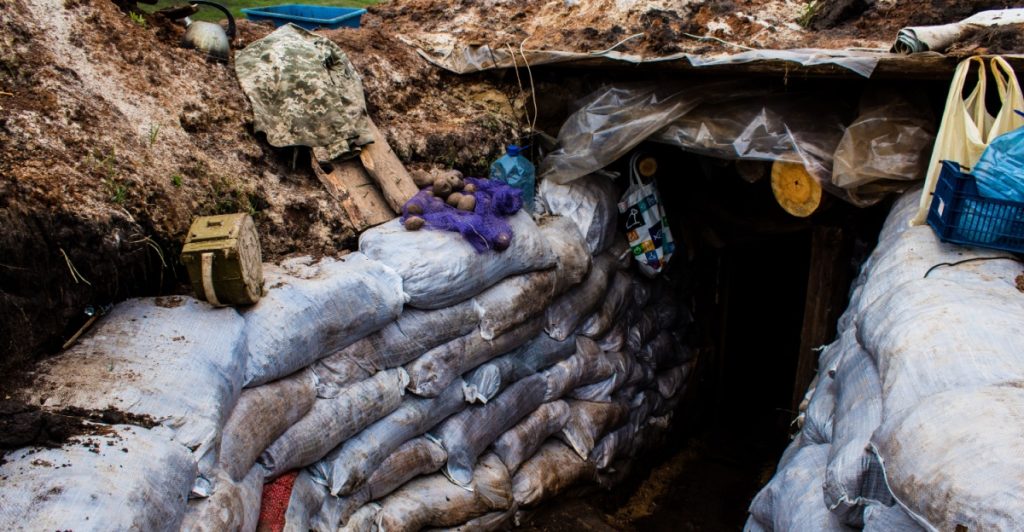
In an article for the Ukrainian outlet Mirror of the Week, Zaluzhnyi compared the current situation to trench warfare in World War I — especially in Donetsk, where front lines have barely shifted since late 2022.
Also read
He described the battlefield as static, deadly, and draining.
Ukraine’s 2023 counteroffensive fell short

Zaluzhnyi attributed the failure of Ukraine’s 2023 counteroffensive to a lack of personnel and advanced equipment.
He warned that without strategic breakthroughs, the war risks dragging on indefinitely, with mounting losses and declining morale on both sides.
Pricey symbolic victory
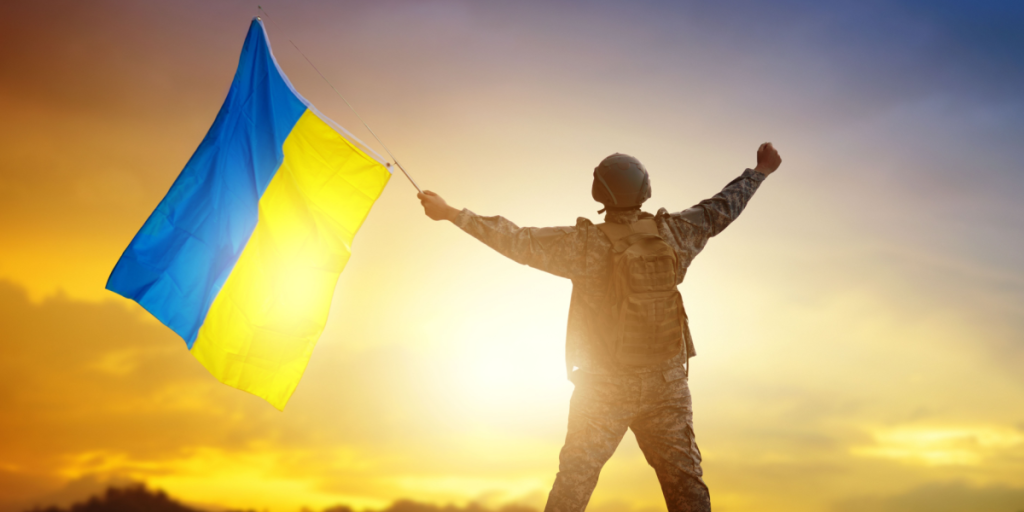
He also reflected on Ukraine’s incursion into Russia’s Kursk region in August 2024
Though it was a tactical success that forced Russia to reallocate resources, Zaluzhnyi cautioned that the operation came at a steep cost and did not deliver the kind of strategic breakthrough Ukraine needs.
Limited impact
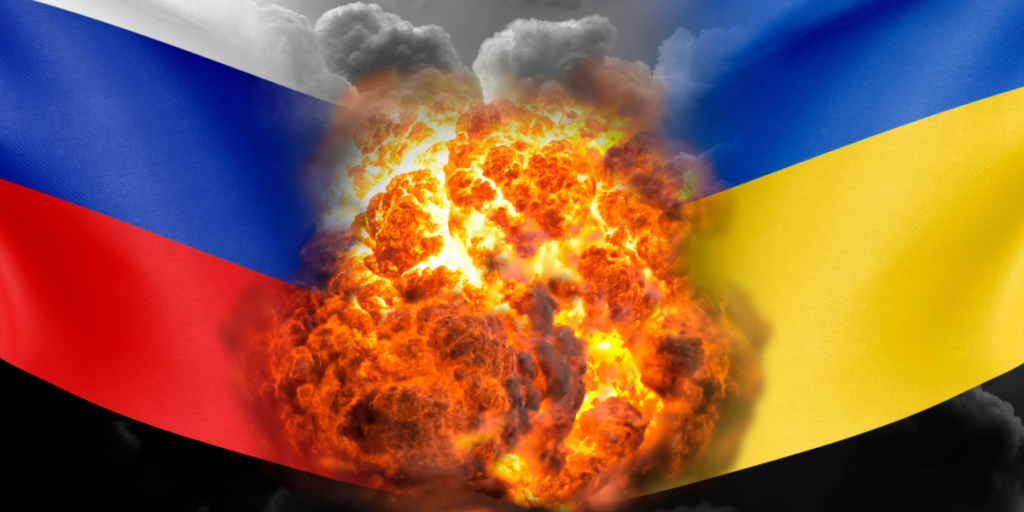
Also read
Zaluzhnyi acknowledged that the element of surprise helped Ukraine in Kursk, but he viewed it as a short-term win.
The gains did not shift the overall momentum of the war, unlike the more ambitious breakthroughs he hoped to achieve in Donbas.
Ukraine holds defensive edge — but it’s not enough
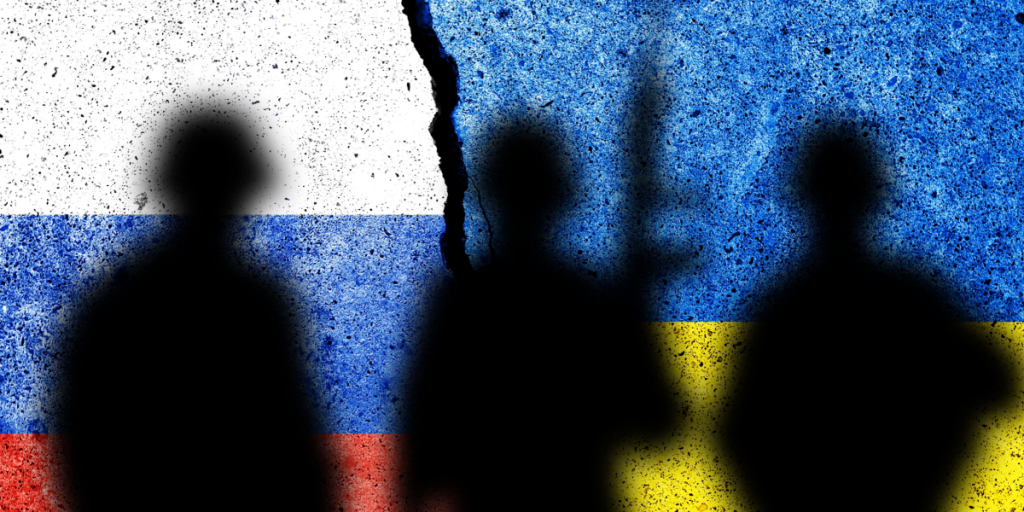
Despite the stalemate, Ukraine maintains a defensive advantage for now.
Russian casualties are reportedly higher than Ukraine’s, largely due to failed offensives and drone attacks.
Still, Zaluzhnyi warned that defense alone will not be enough to secure victory.
Russian forces struggle in harsh battlefield conditions
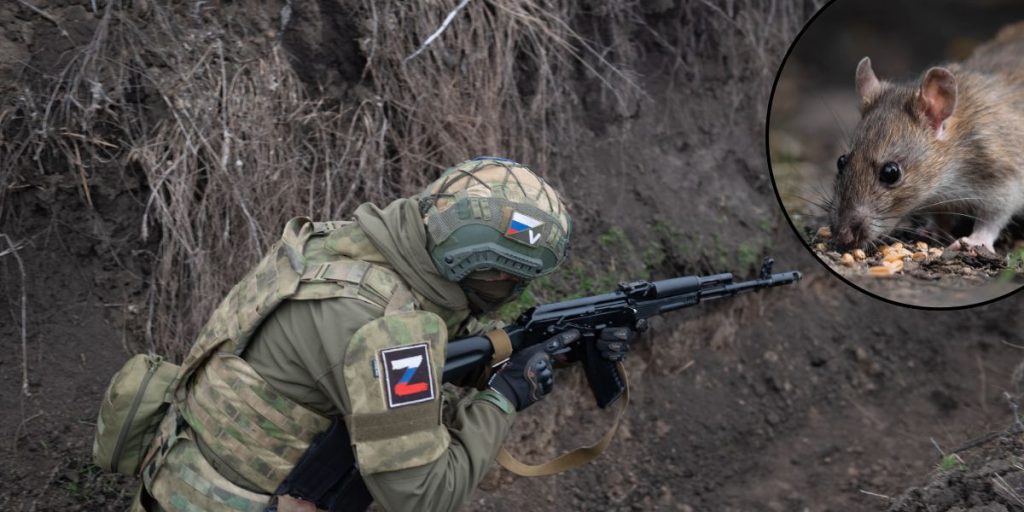
Also read
Beyond the front lines, Russian troops are reportedly enduring dire conditions.
Ammunition, food, and medical supplies are limited, and every convoy risks interception by Ukrainian drones.
Soldiers are often dug into rat-infested trenches on foreign soil, facing mounting pressure and plummeting morale.
This article is made and published by Jens Asbjørn Bogen, who may have used AI in the preparation

